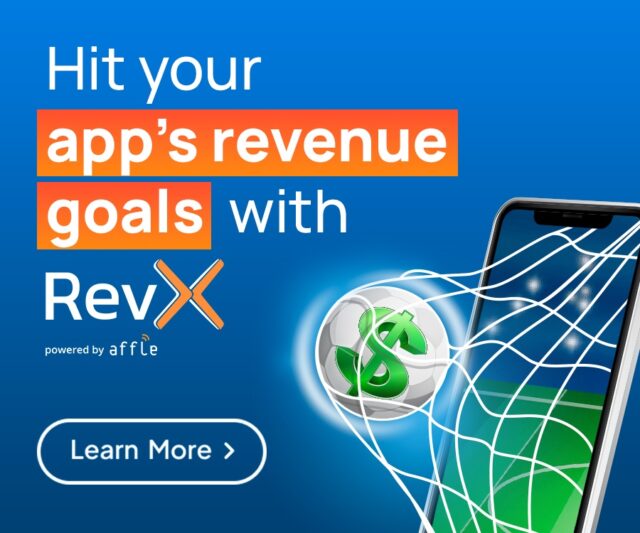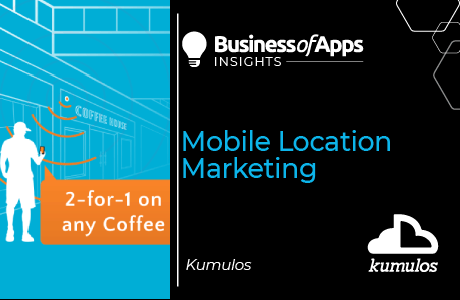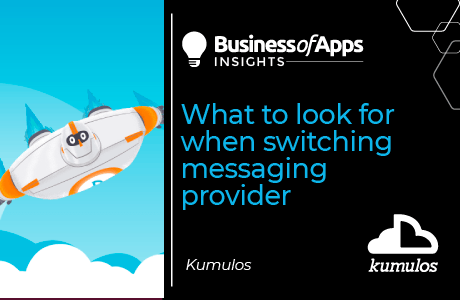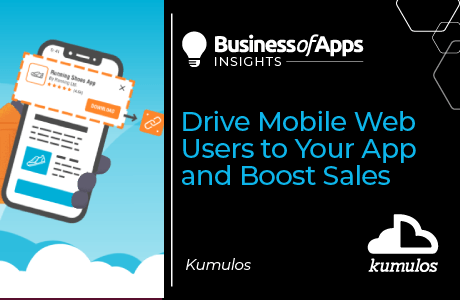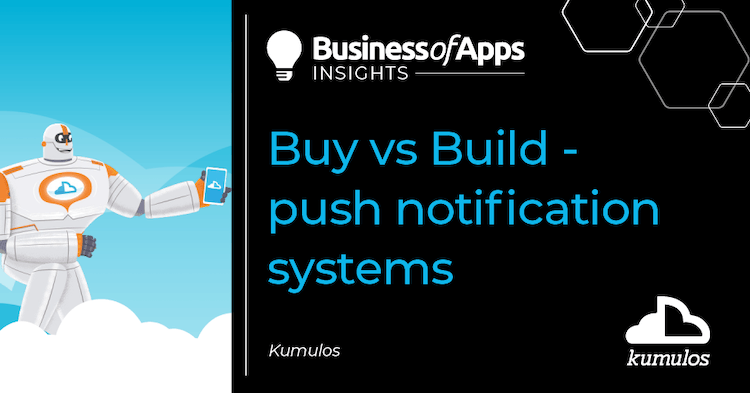
As consumers grow more sophisticated in their needs, and you scramble to keep up, the inevitable question rears its head – “Shouldn’t we be building our own push system?”.
For the companies who simply don’t have the resources – financial or human – or would simply prefer to have the heavy-lifting done by a messaging provider, buying will be the obvious route, not least because you get more bandwidth to focus on the important stuff like reducing time to market and growing your user base. But for those whose mobile marketing needs are highly sophisticated or unique, building your own messaging platform will be the option that many will consider because either
- your existing messaging provider can’t meet these increasingly sophisticated needs
- or you’d like a greater level of control in order to be able to deliver on your push strategy now and into the future.
… more often than not, these needs will be those of a larger enterprise that has the money, time, and people to commit to the long-term investment this route requires, but even then, there will be challenges to overcome that won’t be an issue if you opt to buy.
So which path is best for your business? Let’s take a closer look at each solution.
Build
At its core, building your own custom messaging platform usually means that you’ve got unique business requirements that require a unique solution to fulfill them – but of course, it’s there’s a lot more to consider:
- Building your own service will usually take months, for smaller enterprises, sparing six months or longer to focus on such a resource-intensive project is going to impact other areas of business.
- Can your marketing activities afford to do without a push strategy while you build this out?
- Do your research early – if you’re building your own push notification platform, you’ll need to budget for the necessary equipment.
- Does your purse have the bandwidth for the development resources that you’ll need to allocate to the build?
- Don’t forget to factor in project delays, alongside the financial impact if the project drags on longer than you anticipate.
- Source your developers early! The team working on your project will need to have specialist knowledge, so establish early on the key skills that your project needs
- Don’t neglect to consider the process of developing, adding, and testing the required security features that will prevent security vulnerabilities against threats such as unauthorized access and modification.
- And factor in the cost for the hardware the system will require to maximize performance, speed, and delivery.
- Plan for ongoing maintenance – bugs will occur, code changes will be needed, upgrades will be required
- And don’t forget ongoing hosting costs!
Buying
It goes without saying that in general, buying a push notification platform is the less complex, more affordable option for most businesses – the time and resources required for building your own system will always need more planning, more money, and more manpower. Here’s what most – businesses can expect when they buy in:
- What are your business goals? Are they unique enough to warrant a system build, or can a bought system accommodate your needs? Don’t write off buying before you’ve researched a range of push notification systems – most vendors now offer far more sophisticated system capabilities than they could even dream of a short time ago, so establish exactly what it is you think you need and talk to the experts to establish whether you really need to build your own, or whether your requirements can be met by partnering with a vendor.
- How well will a paid solution integrate with your existing technology stack? Will you need to replace or upgrade existing solutions in order to accommodate – and are you willing to do so? Either way, integration is going to be less expensive than building your own system.
- Push notification providers will have the skills needed to manage most business requirements, so you don’t have to worry about committing to what can often amount to months sourcing the right talent for your project.
- Most providers can get you up and running quickly with push notifications – when you partner with a push notification provider, your marketing activities can continue apace with little or no interruption to your push strategy efforts
- Buying means you can focus on bringing your app to market far quicker than building your own system will.
- Functionality and features such as segmentation, localization, automation, and A/B testing, to name just a few, are usually yours to deploy immediately
- Push notification providers tend to offer a vast range of features that you can take advantage of straight away in order to drive subscriptions, engagement, and retention
- When you buy, security is par for the course – in our experience, this is a biggie. You’ll almost certainly be working with mountains of personal data every second of every minute of every day. The reassurance that someone else is taking care of this non-negotiable side of app management can be a huge factor in deciding
- You won’t need to worry about software (and hardware!) upgrades, support, availability, or scalability as your business grows
- It’s not unusual for businesses that build their own push systems to encounter problems with messaging. It’s these issues – subscribers getting irrelevant messages, or worse, receiving messages when they’ve unsubscribed – which will often be what brings apps to our team at Kumulos. When a business buys, these issues simply don’t occur.
Conclusion
With the right strategy in place, push notifications can engage your audience in ways that provide real value, elevate loyalty, and boost retention. Don’t write off push providers before you’ve established whether or not they can provide what you need!
The key aim is to focus on growing your business without worrying about the cost and complexities that building and managing your own push system inevitably brings. If you’re still unsure about which direction to take, talk to us. Get it right, and both you and your customers can look forward to a long and happy relationship.



